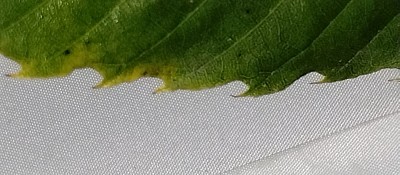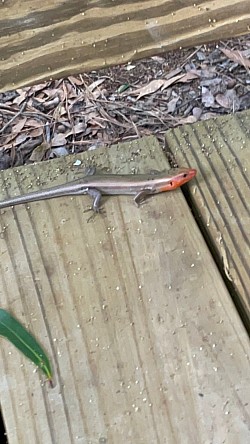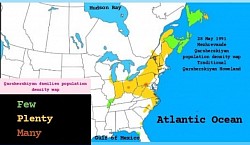Internet gallery of Ethnic Qarsherskiyan Tribe.
Internet Gallery of the Ethnic Qarsherskiyans
The Qarsherskiyan tribe’s Official Online Gallery is currently open for free and is available online to the public. To see photos of conflict, please ask your local tribal leaders for a key and prove your identity and tribal citizenship. Such photos may contain BB gun wounds, firework burns, and other graphic images not suitable for some viewers. We have the right to defend ourselves.
American Chestnut trees (Castanea dentata) are native to the North Carolina Sandhills and in small isolated pockets Florida

An American Chestnut tree leaf from the southernmost wild native American Chestnut population near Lake Weir in Florida
American Chestnut trees (Castanea dentata) survive today in a few disjunct and isolated populations, including in the Florida Panhandle, in Cumberland County, North Carolina around the city of Fayetteville, and near the Tri-Point of Sumter, Marion, and Lake counties in Florida around Lake Weir and the city of Belleview. Their leaves are long and canoe-shaped, lined with crashing wave–like teeth that curl gracefully along the serrated edges. The stems are brown rather than greenish and lack any hairiness, distinguishing them clearly from Chinese Chestnut (Castanea mollissima). Unlike some other species, American Chestnut leaves are not fuzzy or pale white on the undersides, and they lack the heavy gloss or leathery thickness found in Southern Magnolia leaves. If a chestnut tree has shiny, thick, magnolia-like foliage, it is not an American Chestnut. Historically, Qarsherskiyan Creole communities in central Florida, the Panhandle, and the Sandhills of North Carolina relied on the American Chestnut for its strong, rot-resistant wood, using it to craft canoes, build cabins, and provide a vital source of food for both people and livestock.
So, contrary to popular beliefs, American Chestnut trees do naturally occur as natives of the Florida Peninsula North Carolina coastal plains, with native populations of American Chestnut surviving in isolation in disjunct parts of their native range near Ocala, Florida and near Fort Bragg in North Carolina. American Chestnut trees are not confined to the Appalachian Mountains and can be found in the humid subtropical climates of the southeastern Atlantic Coastal Plains in rare pockets.







